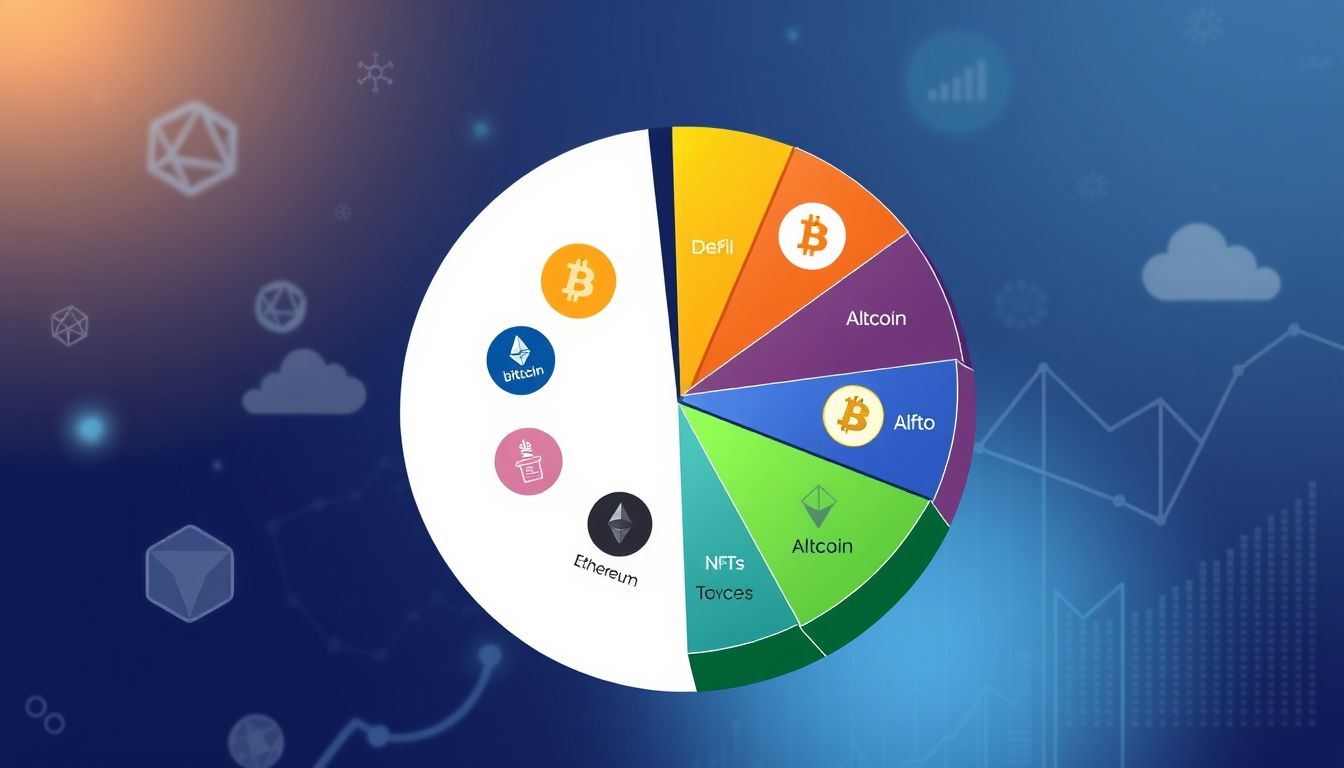Introduction: The Growing Challenges in Cryptocurrency Security
In an era characterized by rapid technological innovation, cryptocurrencies have become an integral part of the global financial landscape. However, this rapid expansion is accompanied by increasing security challenges. Hacking is no longer just a theoretical threat but a tangible reality faced by investors and traders daily. Hacking techniques are constantly evolving, making it essential to adopt sophisticated and effective security strategies to protect digital assets.
Chapter 1: Understanding Security Risks in the Cryptocurrency World
1.1. Common Types of Attacks
To understand how to protect your portfolio, you must first understand the types of attacks you may face:
- Phishing Attacks: Emails or text messages that appear to be from trusted sources aimed at stealing your login information.
- Spyware: Malicious software that records your keystrokes and collects sensitive information.
- 51% Attacks: In Proof-of-Work networks, a group controlling more than 50% of the computing power can modify the transaction history.
- Malware Attacks: Malicious software designed to steal your private keys or control your wallet.
- Replay Attacks: Copying and rebroadcasting legitimate transactions to duplicate them.
1.2. Vulnerabilities in Trading Platforms and Wallets
Trading platforms and digital wallets are prime targets for hackers. Vulnerabilities can include:
- Weak Passwords: Using easy-to-guess passwords or reusing them across multiple platforms.
- Failure to Enable Two-Factor Authentication (2FA): Lack of an additional layer of security to protect your account.
- Software Vulnerabilities: Security vulnerabilities in wallet software or trading platforms that can be exploited.
- Social Engineering Attacks: Tricking users into revealing sensitive information.
Chapter 2: Securing Your Wallet: Basic Best Practices
2.1. Choosing a Secure Wallet
Choosing the right wallet is the first and most important step. There are different types of wallets, each with its own advantages and disadvantages:
- Hardware Wallets: Considered the most secure because they store your private keys on a device that is not connected to the internet. Examples: Ledger and Trezor.
- Software Wallets: Applications on your computer or smartphone. Less secure than hardware wallets, but more convenient. Examples: Exodus and Electrum.
- Web Wallets: Accessed through an internet browser. Least secure, but the most accessible.
- Paper Wallets: Printing your private keys on paper. Requires secure storage of the paper.
Practical Example: It is advisable to use a hardware wallet for storing large amounts of cryptocurrencies and a software wallet for small amounts for daily use.
2.2. Enabling Two-Factor Authentication (2FA)
Two-factor authentication adds an extra layer of security by requiring a verification code in addition to your password. You can use applications like Google Authenticator or Authy.
Statistic: Studies show that enabling two-factor authentication significantly reduces the risk of hacking.
2.3. Using Strong and Unique Passwords
Passwords should be long, complex, and include a combination of uppercase and lowercase letters, numbers, and symbols. Use a password manager to store your passwords securely.
Tip: Change passwords regularly, especially for passwords used on sensitive accounts.
2.4. Regularly Updating Software
Software updates ensure that known security vulnerabilities are patched. Update your operating system, cryptocurrency wallet, and antivirus software regularly.
Chapter 3: Advanced Strategies for Protecting Private Keys
3.1. Storing Private Keys Offline (Cold Storage)
Storing private keys in an offline environment significantly reduces the risk of hacking. Hardware wallets or paper wallets can be used for this purpose.
Example: Create a paper wallet and keep it in a safe place, such as a safe deposit box.
3.2. Using Multi-signature Wallets
Multi-signature wallets require the approval of multiple parties to execute a transaction. This makes it difficult for one person to steal your funds.
Example: A multi-signature wallet can be used between family members or business partners.
3.3. Splitting Private Keys (Shamir Secret Sharing)
Dividing private keys into several parts and distributing them across different locations. Access to a certain number of parts is required to reconstruct the private key.
Chapter 4: Protecting Your Computer and Smartphone
4.1. Installing Antivirus Software and a Firewall
Antivirus software and firewalls help protect your device from malware and hacking attempts.
4.2. Avoiding Unsecured Public Wi-Fi Networks
Avoid using unsecured public Wi-Fi networks to conduct cryptocurrency transactions. Use a VPN (Virtual Private Network) to encrypt internet traffic.
4.3. Being Wary of Phishing Emails
Be wary of suspicious emails and text messages asking for personal information or urging you to click on links.
Chapter 5: Monitoring Transactions and Suspicious Activities
5.1. Tracking Your Transactions Regularly
Monitor your transactions regularly to ensure there are no unauthorized activities. Use available transaction tracking tools.
5.2. Setting Up Alerts for Large Transactions
Set up alerts to receive notifications when large transactions are made. This allows you to verify suspicious transactions immediately.
5.3. Reporting Suspicious Activities
If you notice any suspicious activities, report them immediately to the trading platform or wallet provider.
Chapter 6: Insuring Cryptocurrencies
Although cryptocurrency insurance is still in its early stages, it can provide additional protection in the event of theft or loss. A few companies currently offer cryptocurrency insurance services.
Chapter 7: Backup and Restore
7.1. Creating Regular Wallet Backups
Create regular backups of your wallet and store them in a safe place. If your device is lost or damaged, you can restore your wallet from the backup.
7.2. Testing the Restore Process
Test the restore process to ensure it works correctly. This ensures that you can restore your wallet in an emergency.
Chapter 8: Dealing with Loss or Theft
8.1. Reporting the Theft Immediately
If you have been the victim of cryptocurrency theft, report it immediately to the trading platform or wallet provider and the competent authorities.
8.2. Changing Passwords and Disabling Hacked Accounts
Change passwords and disable hacked accounts to prevent further damage.
8.3. Monitoring Your Accounts Closely
Monitor your accounts closely for any suspicious activities.
Chapter 9: Continuous Education and Adaptation
The world of cryptocurrencies is constantly evolving, so it is important to stay up to date with the latest security threats and best practices. Participate in training courses, follow news blogs, and online communities.
Chapter 10: Conclusion: Protecting Your Digital Assets is an Ongoing Responsibility
Securing your cryptocurrency wallet is not a one-time task but an ongoing process that requires vigilance and adaptation. By following best practices and implementing advanced security strategies, you can protect your digital assets from evolving threats.




